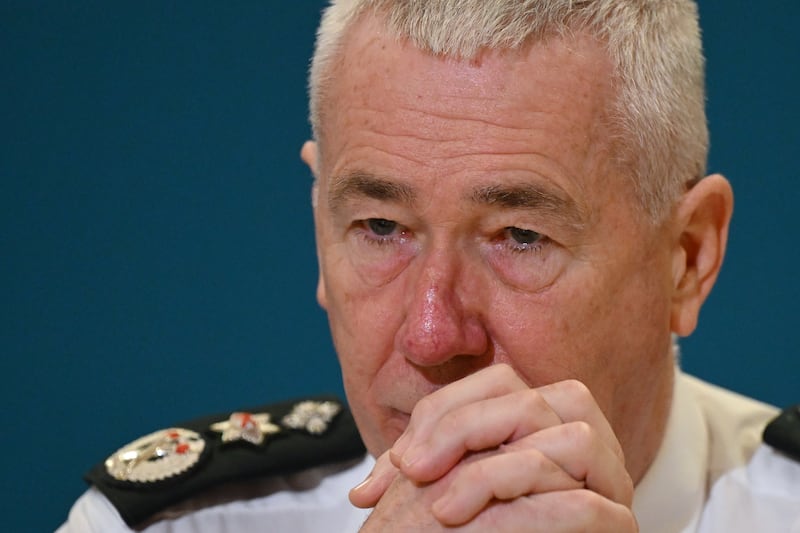Elections, by their nature, create winners and losers, and there have been many on both sides in the local elections battle for 949 seats on city and county councils.
As counts neared completion on Monday, here’s a guide to who had a good – and bad – June 7th election.
The main parties
While Fianna Fáil and Fine Gael were pleased with results that exceeded their expectations, both did suffer losses.
Fianna Fáil’s Lord Mayor of Dublin Daithí de Róiste lost his seat while the outgoing mayor of Fingal Adrian Henchy also lost out. The Haughey dynasty continues in north Dublin, as Cathal Haughey, a grandson of the late Taoiseach Charles Haughey, was elected to Fingal County Council.
READ MORE
Long-standing Sinn Féin councillor Larry O’Toole lost his seat on Dublin City Council after 25 years. However, the party bucked the national trend and made significant gains in the Monaghan County Council election, increasing its representation by two seats to eight.
Fine Gael lost two seats on Cork City Council but it is pleased with the results in Dublin City Council local electoral areas (LEAs) Cabra-Glasnevin and Inner City where it outpolled Sinn Féin in the backyard of party leader Mary Lou McDonald. The party won two seats (Colm O’Rourke and Gayle Ralph) to Sinn Féin’s one (Séamus McGrattan) in Cabra-Glasnevin and Fine Gael’s Ray McAdam topped the poll in the Inner City. Sitting Dublin Central TD, Minister for Public Expenditure Paschal Donohoe, will be pleased.
The younger and older candidates
Many of the younger candidates were unsuccessful in their bids to take council seats on this occasion. Those who did not make it include the Green Party’s youngest candidate Charlie Hackett (22), the son of Minister of State Pippa Hackett who ran in Co Laois, and his party colleague Adam Ó Ceallaigh (22) in Co Leitrim.
Sinn Féin’s youngest candidate, James Stokes (18) in Newbridge, Co Kildare looked set to be eliminated by a small margin of votes on Monday, though Stokes requested a recount.
In terms of seats won, Fianna Fáil’s Rachel Hartigan (22) secured hers on Clare County Council. Fine Gael’s Ben Ward (21) was deemed elected in Co Carlow, though there was full recount under way there on Monday. He is expected to keep the seat. Of the older candidates, well-known activist Margaretta D’Arcy (89) was not elected to Galway City Council and Sinn Féin’s Toni Devine (78) lost out in her bid to take a seat on Donegal County Council. Fine Gael’s Mary Hilda Cavanagh (73) was returned to Kilkenny County Council after being first elected in 1974. She is the longest-serving councillor in Ireland.
Candidates with migrant backgrounds
There were more than 100 candidates from a migrant background running in the local elections around the country. Among those elected were Labour’s Helen Ogbu in Galway City and the Green Party’s Honore Kamegni in Cork City. Those who lost out included Fianna Fáil’s Caio Benicio, the Brazilian Deliveroo rider who intervened to help children and a care worker who were being attacked by a man armed with a knife on Parnell Square in Dublin last November. Fine Gael’s Ballymun-Finglas candidate Arnold Guo and Lola Gonzales, a Social Democrat candidate in Co Leitrim were also unsuccessful candidates.
Well-known candidates
Former TDs that were elected include Ruth Coppinger of the Socialist Party in Castleknock, Independent Kevin ‘Boxer’ Moran in Athlone and former Green Party TD and now-Independent Paul Gogarty in Lucan. Former mixed martial arts fighter Paddy Holohan was elected not once, but twice, winning a seat in both Tallaght Central and Tallaght South. In circumstances where this happens, the candidate must choose which area to represent with the vacancy in the other local electoral area filled through the co-option process.
- Sign up for push alerts and have the best news, analysis and comment delivered directly to your phone
- Join The Irish Times on WhatsApp and stay up to date
- Listen to our Inside Politics podcast for the best political chat and analysis


















